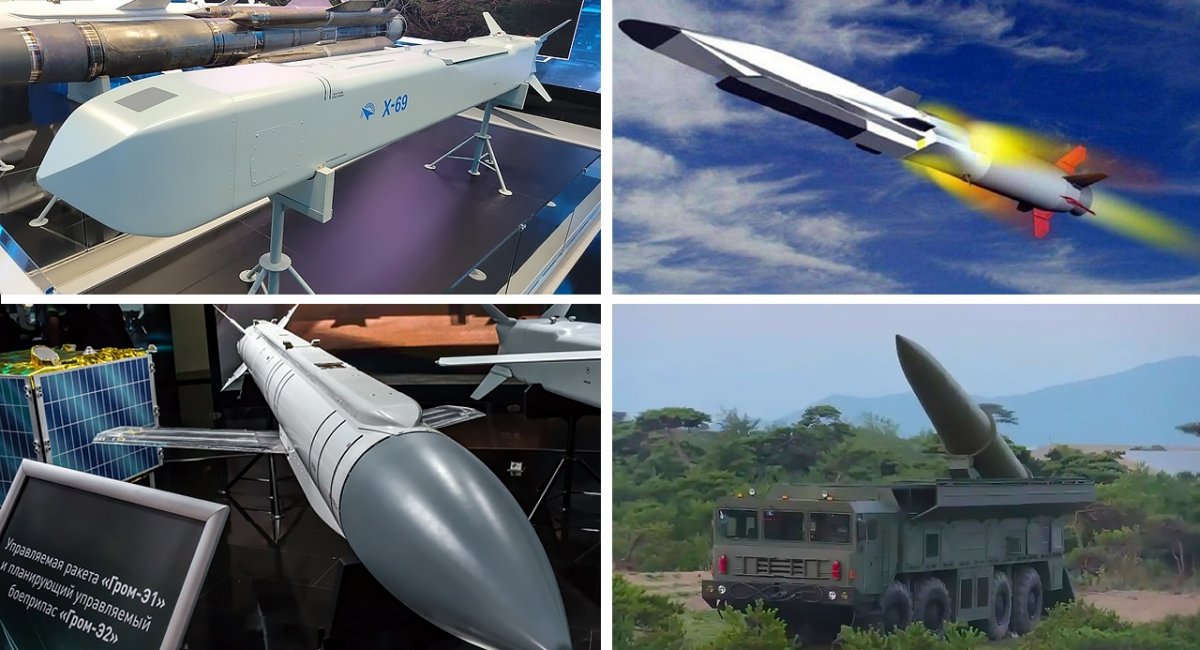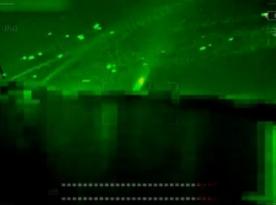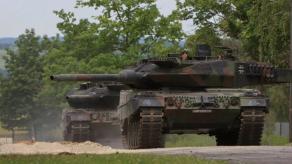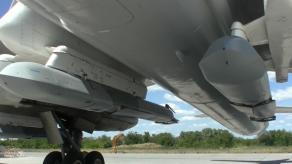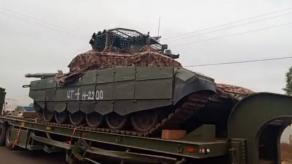It is about Kh-69, Zircon, Grom-E1 and missiles from North Korea. The russian federation is testing new tools and implementing their mass use.
Information about the use of the Kh-69 appeared after the missile attack on Ukraine on February 7. The Kh-69 is a further development of the Kh-59 and is intended for use by tactical aircraft. The missile was produced using stealth technologies, however, this did not prevent it from being detected by the forces of the Ukrainian air defense system. According to russian sources, the flight range of the Kh-69 is 290km and the weight of its warhead is 310 kg. The development of this missile is the result of an effort by the russians to close the gap with the West in weapon for aviation, creating an analogue of Storm Shadow/SCALP and JASSM. Moreover, this missile was supposed to be a weapon created specifically for the 5th generation Su-57 fighter, however, most likely, it was used in Ukraine from the regular Su-34. As we can see, unsuccessfully.
Read more: What Did Ukrainian Air Force Hit at the Belbek Airfield in Crimea
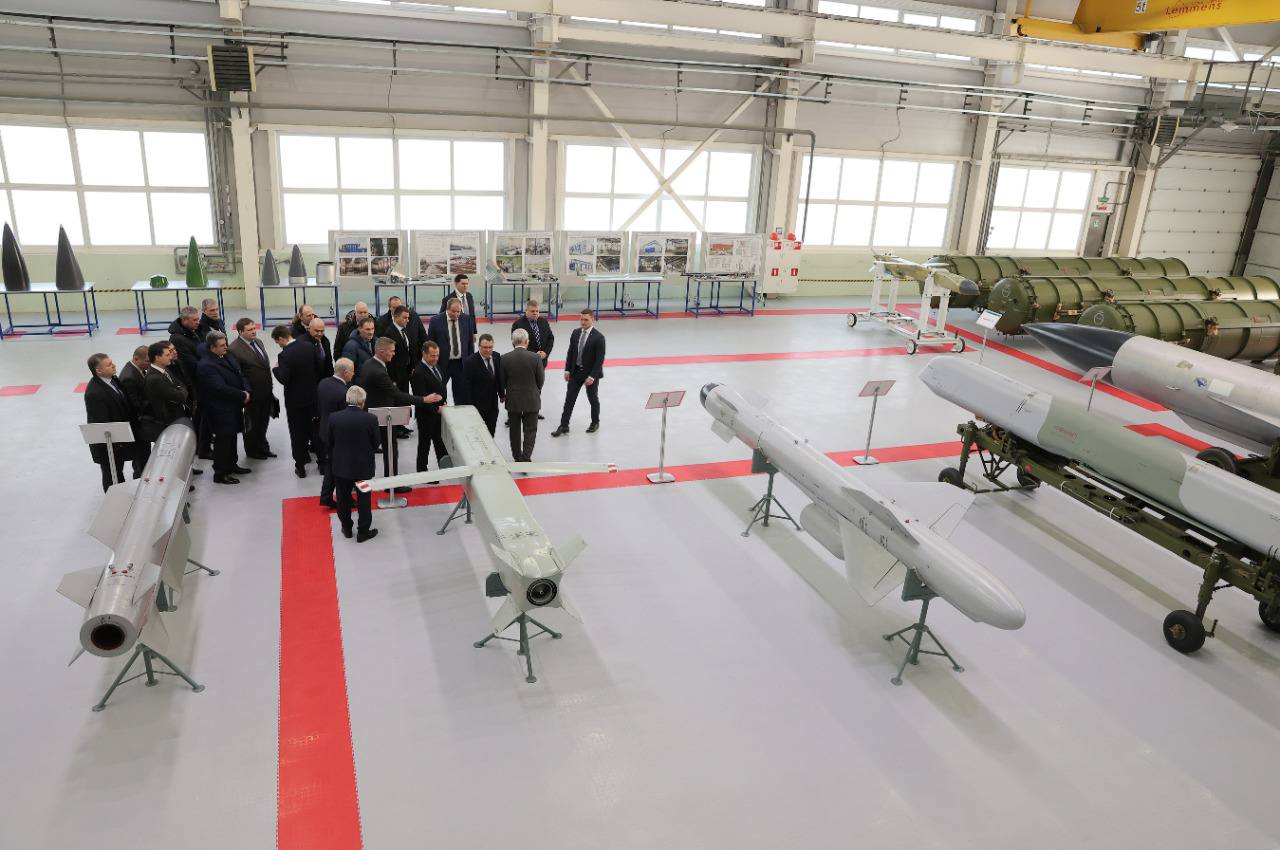
The most interesting weapon that the russians used on February 7 was the 3M22 Zircon hypersonic missile. It was believed that this system will become a full-fledged hypersonic complex with a glider warhead, unlike Kinzhal, which is an aeroballistic missile and is not considered a full-fledged hypersonic missile by most Ukrainian and Western experts. In addition, many experts believed that Zircon does not exist at all, and its development and testing is a fiction of russian propaganda. One way or another, on the morning of February 7, it was reported about the unconfirmed launch of the Onyx missile defense system from Crimea and a high-speed target on Kyiv.
After that, there were reports that was a fake target, the result of the work of EW. Later, wreckage with distinctive markings was found in Kyiv, and monitoring channels spread information about the Onyx launch and the missile's atypical trajectory. Indeed, a Zircon was launched from the Onyx launcher, this is predicted by its characteristics, however, according to the same monitoring sources, the speed of the Zircon was lower than hypersonic.
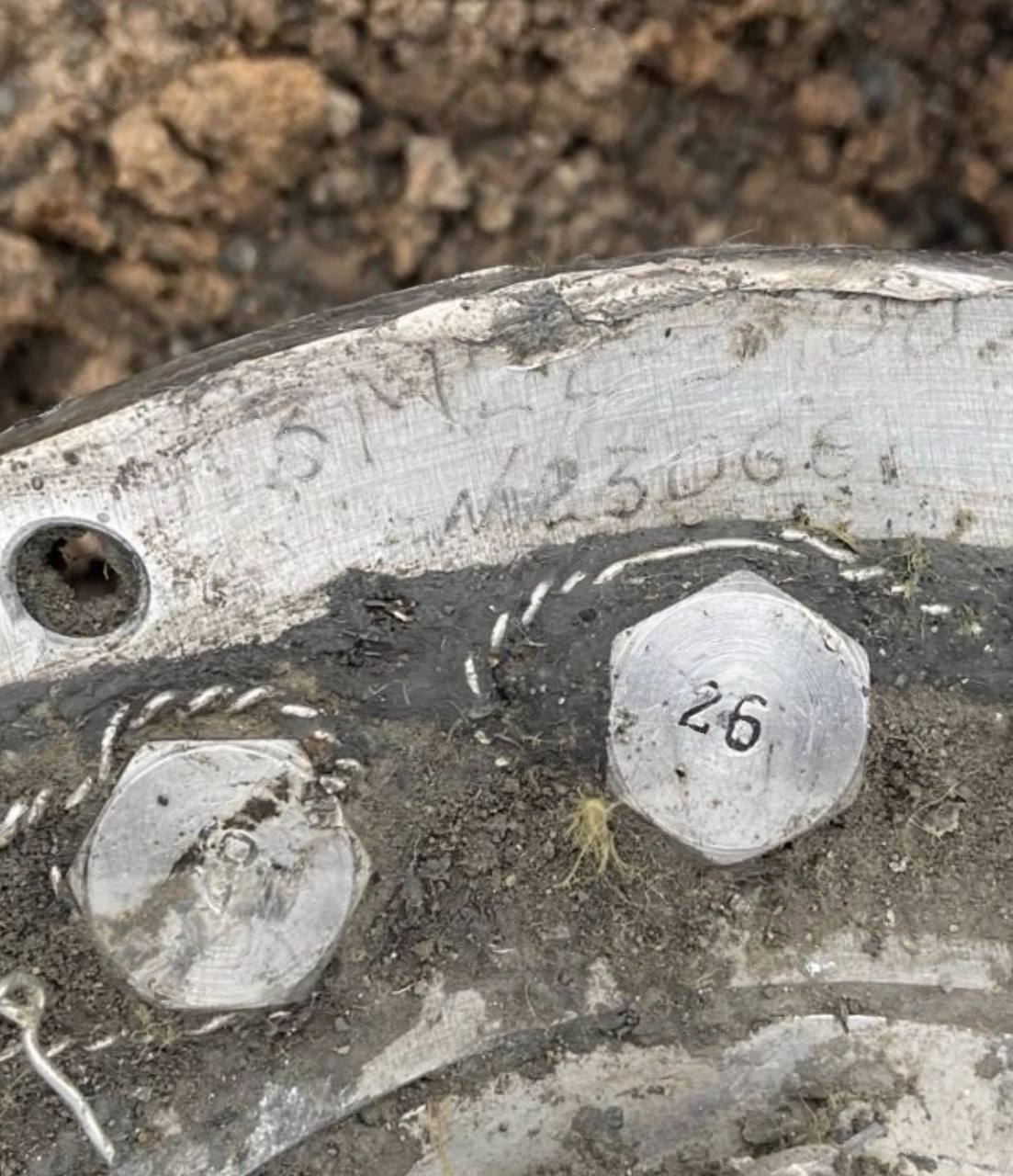
Throughout the war, only few cases of the use of hybrids of bomb and missile the Grom-E1 are known. However, in the last month, two cases of its use are already known (Kherson region and Myrnohrad in the Donetsk region). The mass of the warhead is 315 kg, and the range of damage when dropped from a height of 12 km is 120 km. Conceptually, the Grom-E1 is comparable to the French Hammer munitions and is a more expensive and more advanced munition than the conventional FABs that the russians use with UMPK. Unlike Grom, they are used so actively that, according to the military, more than 80 bombs are dropped from UMPK in Avdiivka alone in a day.

On the night of February 8, North Korean Hwasong-11 (KN-23) missiles were used during a missile attack on Selidovo in the Donetsk region. The strike was combined with the launch of S-300 missiles. Prior to that, these missiles were launched over Kharkiv, during the February 7 missile attack. Now it can be assumed that the russian federation has Korean missile systems in several areas of the front and their number may continue to increase, but it is not known exactly who operates the Hwasongs: russians or Korean "military advisers".
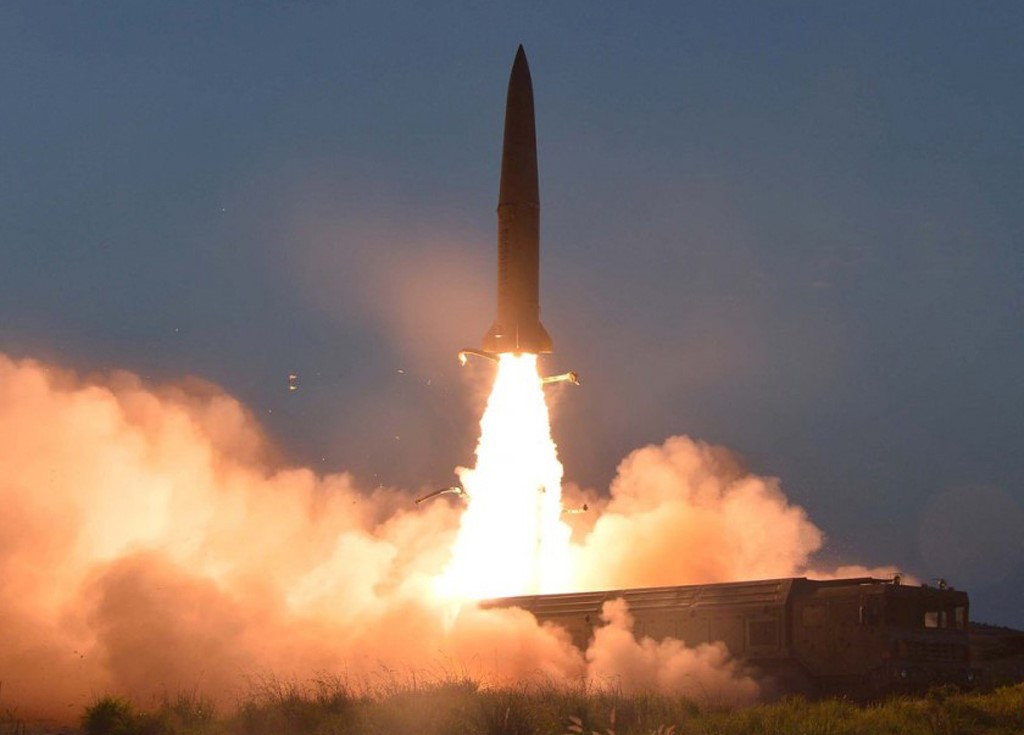
The active use of new types of missile weapons goes hand in hand with fierce fighting on the entire front and, first of all, in Avdiivka, which Putin hopes to capture before the elections, to demonstrate victory both to his electorate at home and to key figures in the West involved in the decision-making process in order to undermining further military aid to Ukraine and gaining favorable positions in possible negotiations in the future. Nevertheless, despite investing a colossal resource in manpower and weapons, the russians still do not have an acceptable result.
As Defense Express reported, russia Received Ballistic Missiles From North Korea and Used Them to Strike Ukraine.
Read more: The UK Defense Intelligence: Ukrainian Strike Cripples russian Air Coordination in Crimea




